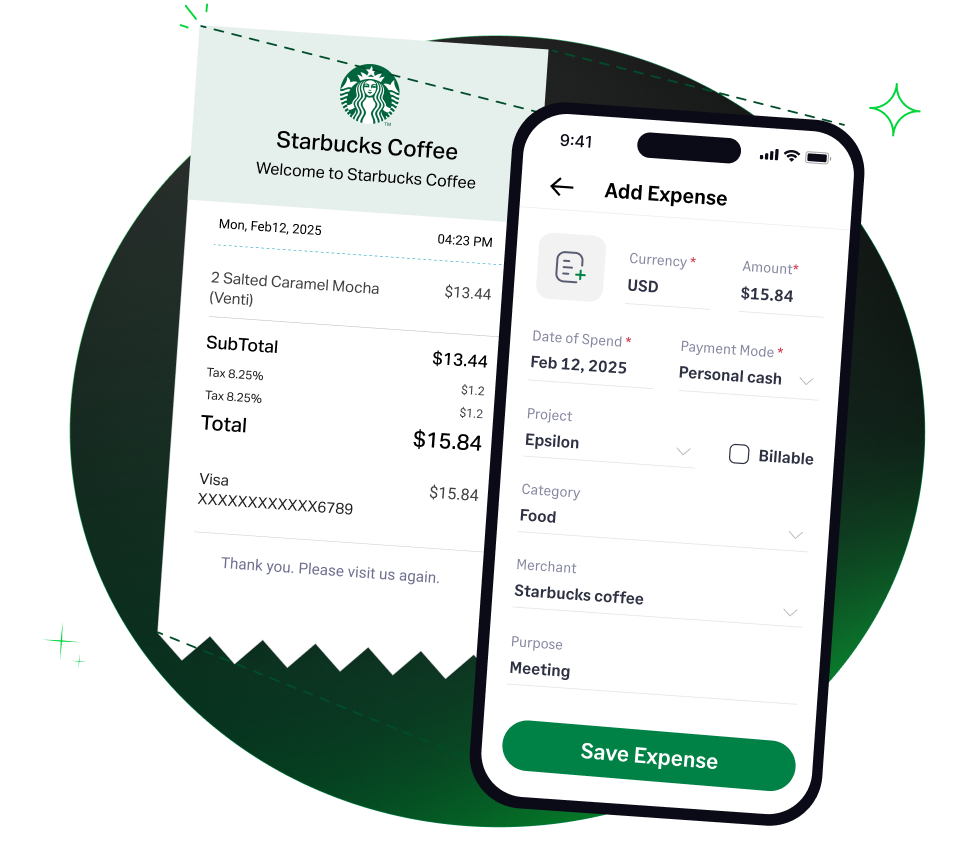✨ Exciting news: Fyle is now part of the Sage family! Learn more in our press announcement >
 4.6/51670+ reviews
4.6/51670+ reviewsFor any business that sells food—from restaurants and caterers to cafes and bakeries—the cost of ingredients and other food items is the single largest and most important operational expense. A common and critical accounting error is to treat food purchases like general office supplies.
Instead, these costs must be accounted for as Cost of Goods Sold (COGS). This calculation is fundamental to determining your business's gross profit and is a required part of your tax return. This guide will break down how to correctly categorize your food purchases as COGS, manage your food inventory, and stay compliant with IRS rules.
The costs of all food and beverage items you purchase to resell to customers are not a standard expense category. Instead, they are the primary component of your Cost of Goods Sold (COGS).
IRS Publication 334 explains that if the production, purchase, or sale of merchandise is an income-producing factor in your business, you must use inventory and calculate your Cost of Goods Sold. COGS is not a single line-item expense; it is a calculation that is subtracted from your gross receipts to figure your gross profit.
To correctly calculate your COGS, you must accurately track your food inventory and distinguish direct food costs from other operational supplies.
The IRS requires you to use a specific formula to calculate your COGS for the year:
(Inventory at the beginning of the year) + (Cost of Purchases) - (Inventory at the end of the year) = Cost of Goods Sold
Because the sale of food is a primary income-producing factor for a restaurant or food business, you are required to use inventory to reflect your income. This means physically counting and valuing your food stock at the beginning and end of each tax year.
It is essential to separate the costs of food from other supplies.
If you donate food inventory to a qualified charity, IRS Publication 526 provides a special rule. You may be able to claim an enhanced deduction for the donation. However, you must remove the cost of the donated food from your Cost of Goods Sold.
Your gross profit is calculated by subtracting your total COGS from your gross receipts. Therefore, accurate tracking of food costs is essential for correct tax reporting.
For a sole proprietor filing a Schedule C (Form 1040), the Cost of Goods Sold is calculated in Part III of the form. The cost of food purchases is included on Line 36, "Purchases," and your inventory values are reported on Line 35 and Line 41.
Beyond taxes, this information is vital for your business's health. You can calculate your food cost percentage (Food COGS / Food Revenue) to monitor profitability and control costs.
You must have documentary evidence to substantiate all your food costs. Your records should include:
Fyle helps you capture and organize the high volume of supplier invoices for your food business, providing a clear and compliant record for your COGS calculation.




